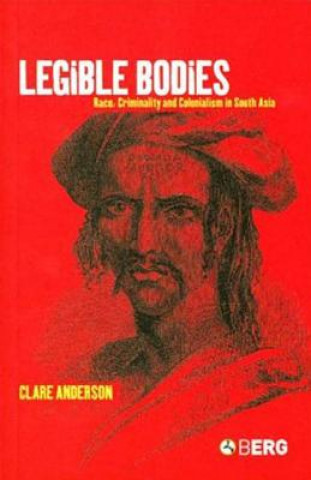
Kézbesítés
Vásárlási tanácsadó





Nem vált be? Semmi gond! Nálunk 30 napon belül visszaküldheti
 Ajándékutalvány
bármilyen értékben
Ajándékutalvány
bármilyen értékben
Ajándékutalvánnyal nem nyúlhat mellé. A megajándékozott az ajándékutalványért bármit választhat kínálatunkból.
Legible Bodies
 Angol
Angol
 158 b
158 b
30 nap a termék visszaküldésére
Ezt is ajánljuk


From the late eighteenth to mid-twentieth centuries, the British incarcerated tens of thousands of prisoners in South Asian jails and transported tens of thousands of convicts to penal settlements overseas in South East Asia, the Indian Ocean and the Andaman Islands. Legible Bodies explores the treatment of these native criminals and sheds light on a largely overlooked practice of empire. British penal administrators created a series of elaborate mechanisms to render criminal bodies legible. They introduced visual tags to identify prisoners and convicts, seeking to mark and/or read them both as individuals and as members of broader penal categories. The first broad theme of the book discusses the introduction of these new modes of identification - penal and decorative tattooing, clothing, photography, anthropometry and fingerprinting - exploring their frequent failures and prisoner and convict resistance against them. The second theme of the book considers the ways in which the colonial authorities atempted to use the Indian body to construct broader social groupings, both in relation to penal hierarchies and in the making of soiological categories of 'criminal types'. Thirdly, the author looks at the ways in which incarcerated communities comprised a convenient sample for colonial explorations of the nature and significance of race and caste in the Indian subcontinent. Scientists and ethnographers used prisoners to explore biological and social manifestations of the Indian other. Through a careful reading of convicts legible bodies, the author provides a new perspective on colonial history.
Információ a könyvről
 Angol
Angol
Kategória




 Hogyan vásároljunk
Hogyan vásároljunk























